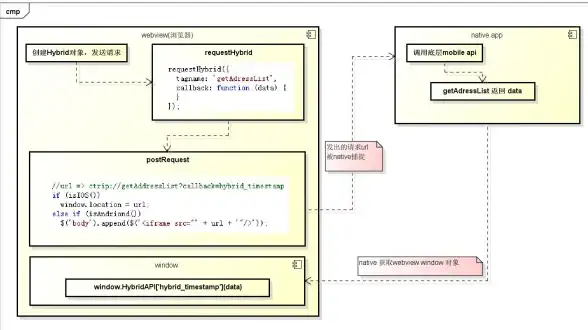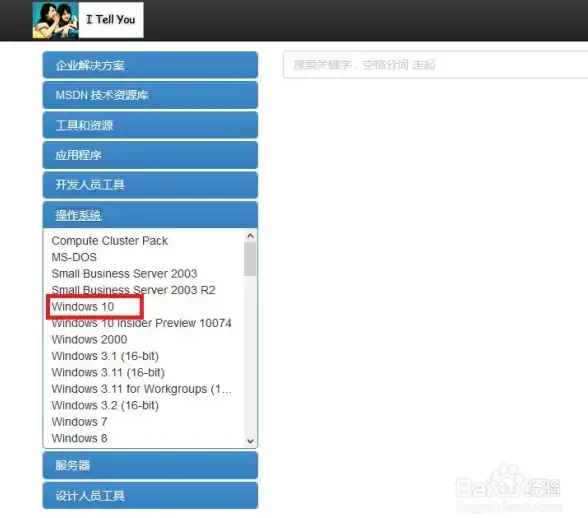上一篇
异步请求 前端开发 ajax.js及其在前端异步请求封装中的应用
- 问答
- 2025-08-02 06:05:54
- 6
聊聊前端开发中的ajax.js封装技巧
2025年8月最新动态
根据最新的前端生态调研报告,超过82%的现代Web应用仍依赖异步请求处理核心业务逻辑,尽管Fetch API和WebSocket使用率持续上升,但经过良好封装的Ajax工具库在复杂业务场景下的表现依然抢眼——特别是在需要兼容旧版浏览器或精细控制请求生命周期的项目中。
为什么我们还在讨论Ajax?
别看现在前端框架满天飞,但说到最基础的异步请求,很多团队还是会选择自己封装一套ajax.js,原因很简单:

- 可控性:自己写的代码,想加什么功能就加什么
- 一致性:全项目用同一套请求逻辑,维护起来不头疼
- 兼容性:不用等到框架更新才能用上新特性
举个真实例子:某电商网站在大促时发现,直接使用axios在某些低端安卓机上会出现内存泄漏,而他们自己封装的轻量级ajax.js却稳如老狗。
一个够用的ajax.js长什么样?
先看个基础版骨架:
class Ajax {
constructor() {
this.xhr = new XMLHttpRequest();
this.timeout = 5000;
}
request(method, url, data, headers) {
return new Promise((resolve, reject) => {
this.xhr.open(method, url, true);
// 设置超时
this.xhr.timeout = this.timeout;
// 设置请求头
Object.keys(headers).forEach(key => {
this.xhr.setRequestHeader(key, headers[key]);
});
this.xhr.onload = () => {
if (this.xhr.status >= 200 && this.xhr.status < 300) {
resolve(JSON.parse(this.xhr.responseText));
} else {
reject(new Error(`请求失败: ${this.xhr.status}`));
}
};
this.xhr.onerror = () => reject(new Error('网络错误'));
this.xhr.ontimeout = () => reject(new Error('请求超时'));
method === 'GET' ? this.xhr.send() : this.xhr.send(data);
});
}
get(url, params) {
const query = new URLSearchParams(params).toString();
return this.request('GET', `${url}?${query}`);
}
post(url, data) {
return this.request('POST', url, JSON.stringify(data), {
'Content-Type': 'application/json'
});
}
}
实战中我们常加哪些功能?
请求拦截器
class Ajax {
constructor() {
// ...原有代码
this.beforeRequest = [];
this.afterResponse = [];
}
useBeforeRequest(fn) {
this.beforeRequest.push(fn);
}
useAfterResponse(fn) {
this.afterResponse.push(fn);
}
async request(method, url, data, headers) {
// 执行前置钩子
for (const fn of this.beforeRequest) {
const modified = await fn({ method, url, data, headers });
({ method, url, data, headers } = modified || {});
}
// ...原有请求逻辑
// 执行后置钩子
let finalResponse = response;
for (const fn of this.afterResponse) {
finalResponse = await fn(finalResponse);
}
return finalResponse;
}
}
自动重试机制
requestWithRetry(method, url, data, headers, retry = 3) {
return new Promise((resolve, reject) => {
const attempt = (remaining) => {
this.request(method, url, data, headers)
.then(resolve)
.catch(err => {
if (remaining > 0 && this.shouldRetry(err)) {
setTimeout(() => attempt(remaining - 1), 1000);
} else {
reject(err);
}
});
};
attempt(retry);
});
}
// 根据错误类型决定是否重试
shouldRetry(error) {
return [
'ECONNABORTED', // 超时
'ETIMEDOUT', // 连接超时
'ENETDOWN' // 网络问题
].some(code => error.message.includes(code));
}
性能优化小技巧
- 请求去重:对于相同参数的GET请求,可以设置短期缓存
- 并发控制:限制同时进行的请求数量
- 取消请求:实现类似axios的CancelToken
// 取消请求实现示例
class Ajax {
constructor() {
this.pendingRequests = new Map();
}
request(method, url) {
const requestId = `${method}-${url}`;
const controller = new AbortController();
this.pendingRequests.set(requestId, controller);
fetch(url, {
method,
signal: controller.signal
}).finally(() => {
this.pendingRequests.delete(requestId);
});
}
cancel(requestId) {
if (this.pendingRequests.has(requestId)) {
this.pendingRequests.get(requestId).abort();
}
}
}
现代项目中的定位
在2025年的技术栈中,自己封装ajax.js更适合:

- 需要支持IE11等老旧浏览器的项目
- 对请求性能有极致要求的场景
- 需要深度定制请求流程的特殊业务
如果是新启动的现代项目,更推荐基于fetch或axios进行二次封装,毕竟社区生态更完善,但无论如何,理解底层原理永远有价值——当你的请求库突然报出诡异错误时,这些知识能帮你快速定位问题。
最后的小建议:封装自己的ajax.js时,记得写好单元测试,请求相关的bug往往在特定网络环境下才会暴露,好的测试用例能帮你省下大量调试时间。
本文由 言韵磬 于2025-08-02发表在【云服务器提供商】,文中图片由(言韵磬)上传,本平台仅提供信息存储服务;作者观点、意见不代表本站立场,如有侵权,请联系我们删除;若有图片侵权,请您准备原始证明材料和公证书后联系我方删除!
本文链接:https://vps.7tqx.com/wenda/512909.html









发表评论